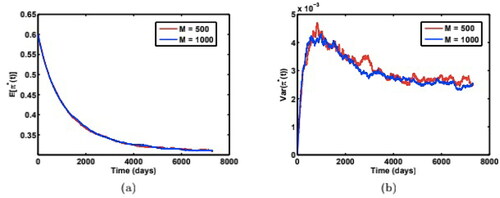Figures & data
Figure 1. Time-dependent paths of (a) mean, and (b) variance of the optimal weight for the risky asset under three different mean reversion speed κ, with model parameters:
Source: The authors.
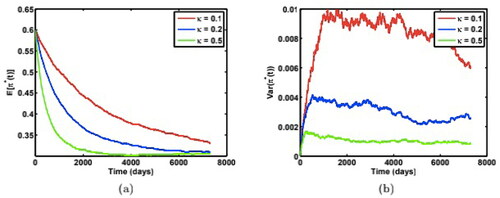
Figure 2. Time-dependent paths of (a) mean, and (b) variance of the optimal weight for the risky asset under three different mean reversion speed κ, with model parameters:
Source: The authors.
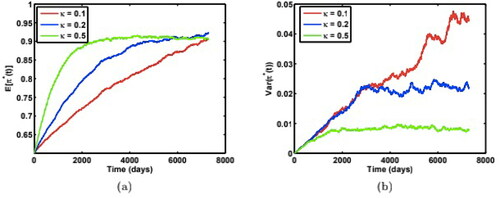
Figure 3. Time-dependent paths of (a) mean, and (b) variance of the optimal weight for the risky asset under three different long-run variance θ, with model parameters:
Source: The authors.
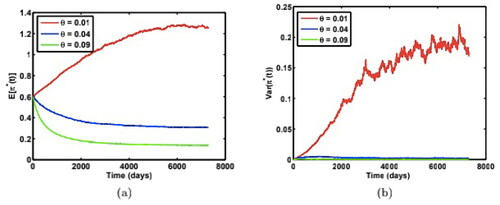
Figure 4. Time-dependent paths of (a) mean, and (b) variance of the optimal weight for the risky asset under three different long-run variance θ, with model parameters:
Source: The authors.
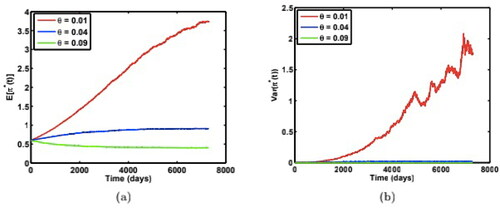
Figure 5. Time-dependent paths of (a) mean, and (b) variance of the optimal weight for the risky asset under three different volatility of volatility σ, with model parameters:
Source: The authors.
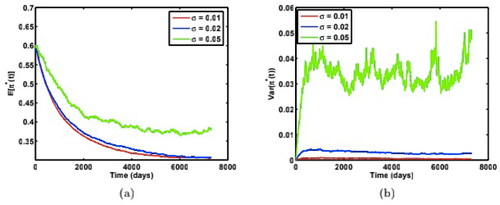
Figure 6. Time-dependent paths of (a) mean, and (b) variance of the optimal weight for the risky asset under three different volatility of volatility σ, with model parameters:
Source: The authors.
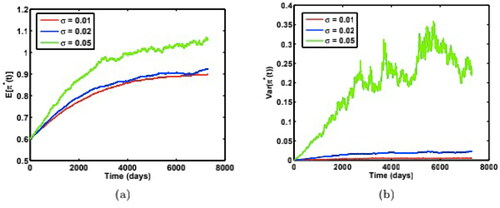
Figure 7. Comparison of (a) mean weight paths, and (b) variance of weight paths from two numerical simulation methods to test for robustness, with model parameters: Source: The authors.
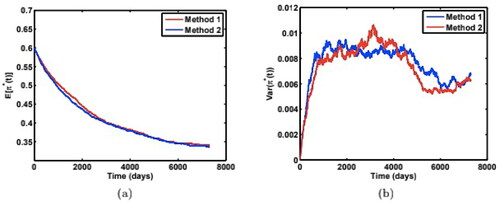
Figure 8. Comparison of (a) mean weight paths, and (b) variance of weight paths from two numerical simulation methods to test for robustness, with model parameters: Source: The authors.

Figure 9. Comparison of (a) mean weight paths, and (b) variance of weight paths from two numerical simulation methods to test for robustness, with model parameters: Source: The authors.
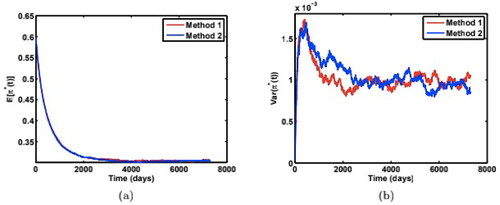
Figure 10. Comparison of (a) mean paths of weights, and (b) variance of weight paths from simulations using two different time steps (daily v.s. monthly) with model parameters: Source: The authors.


